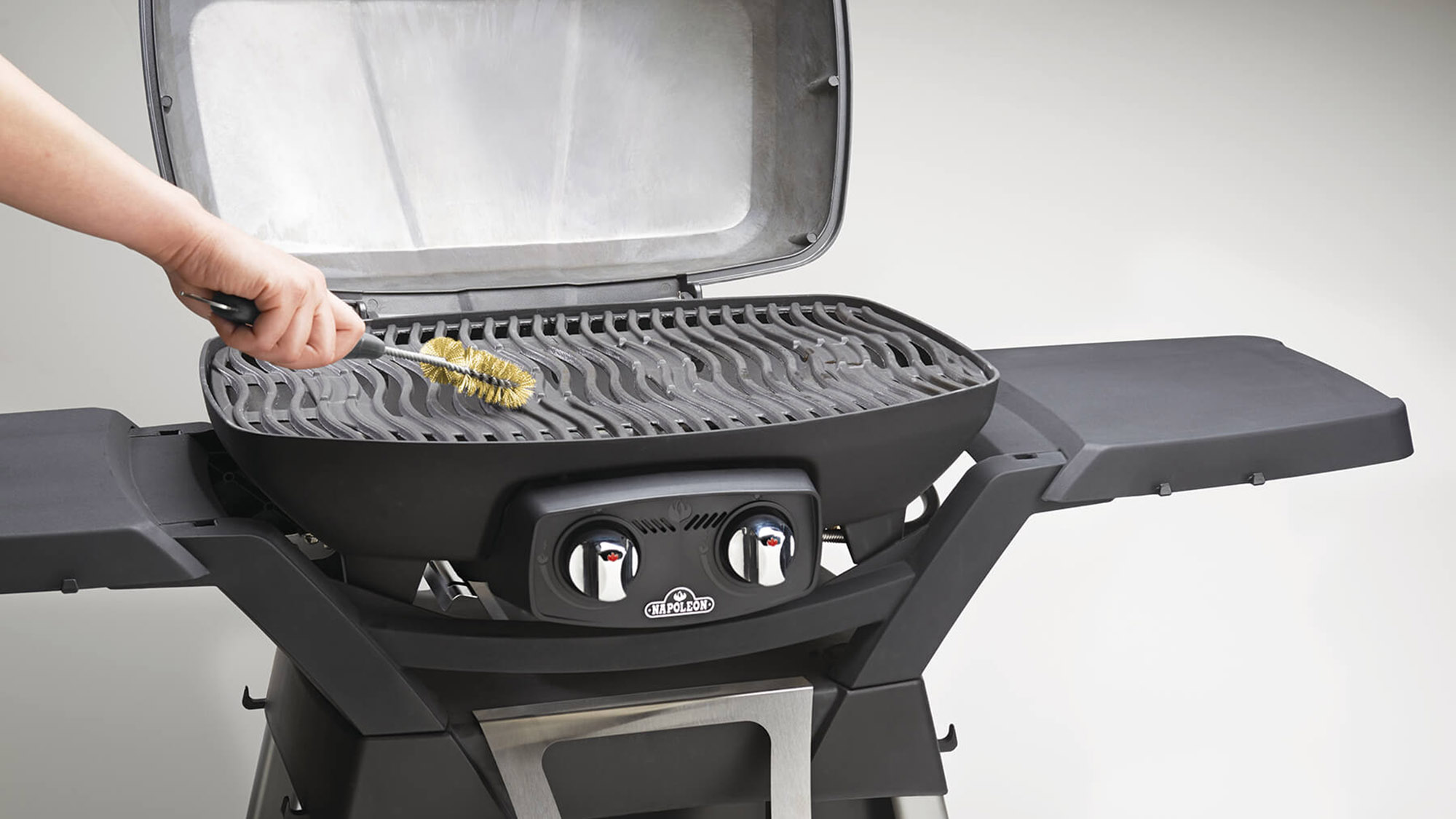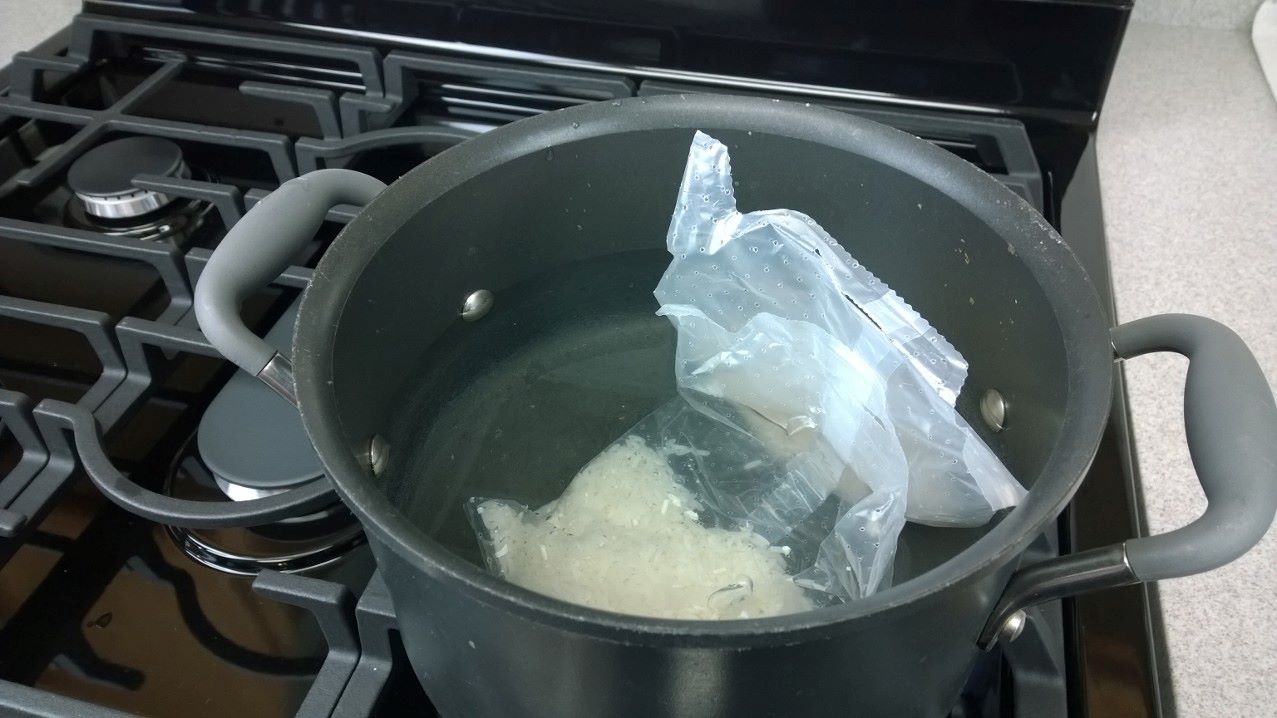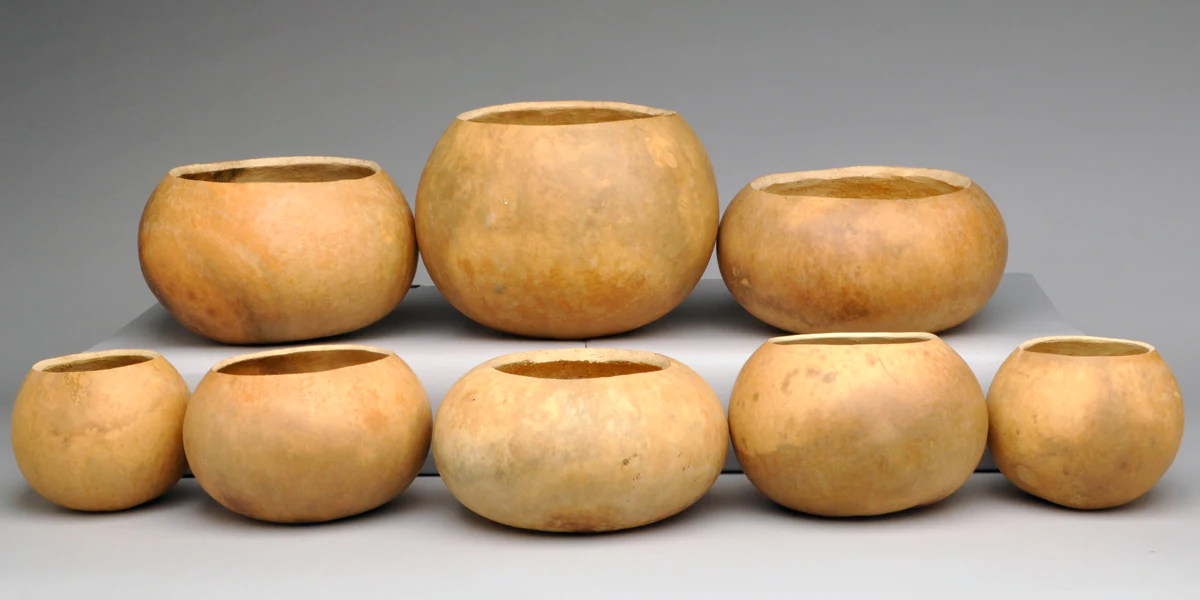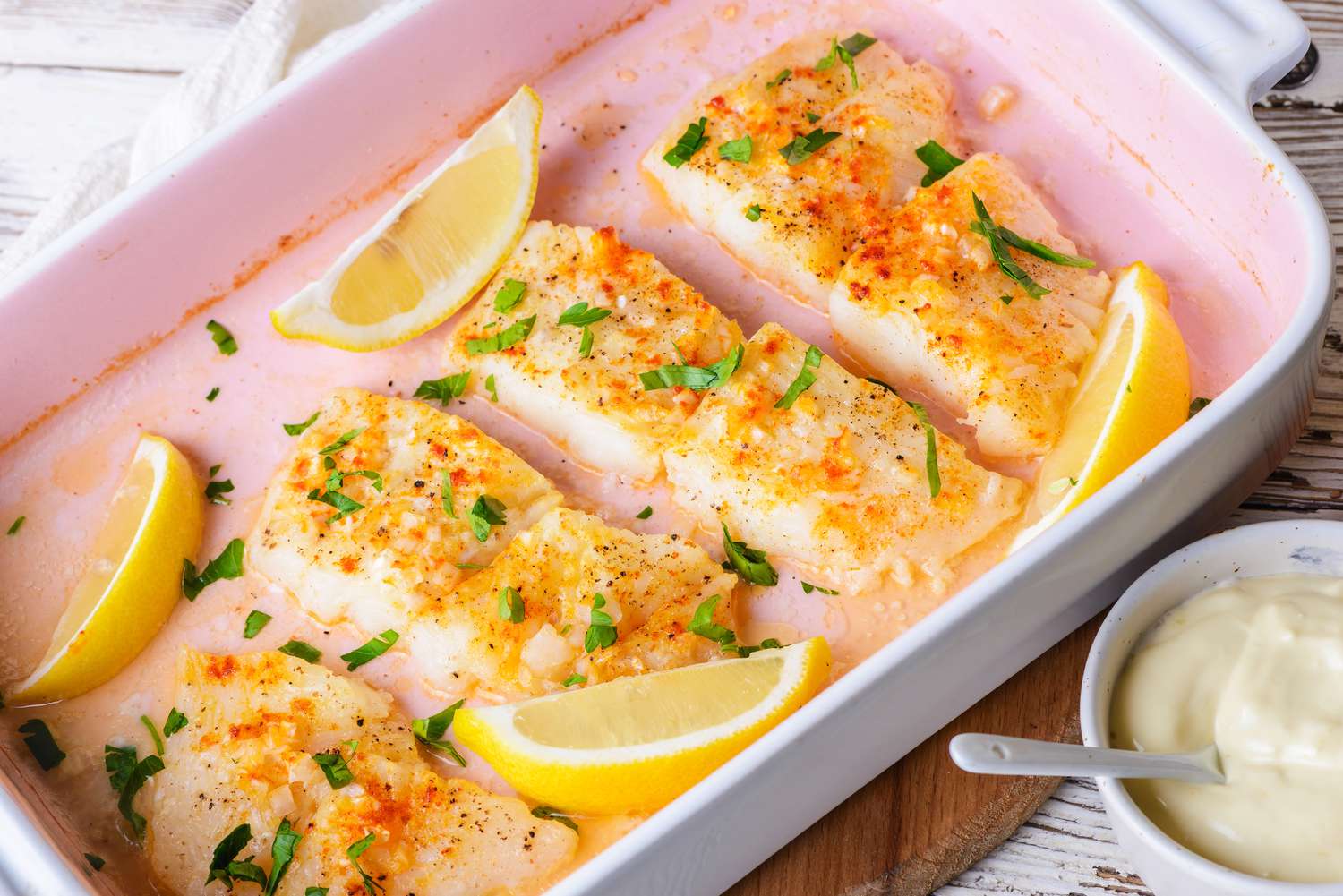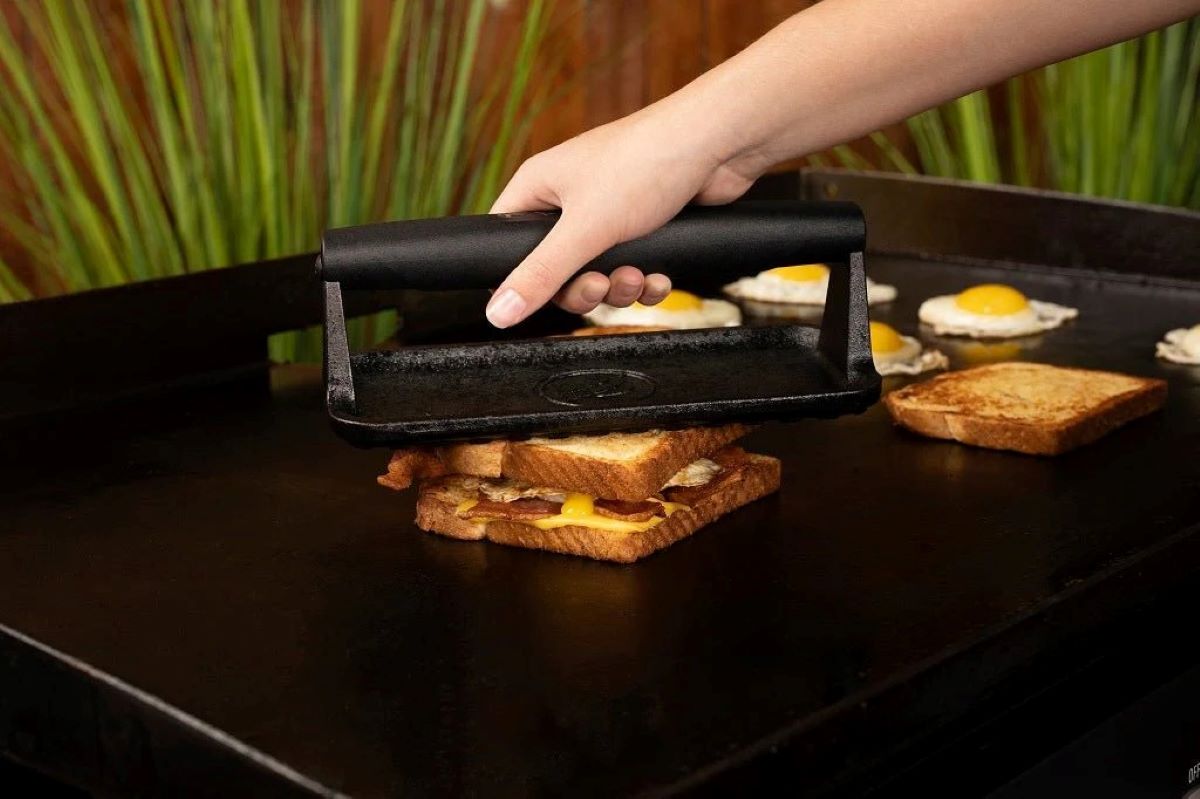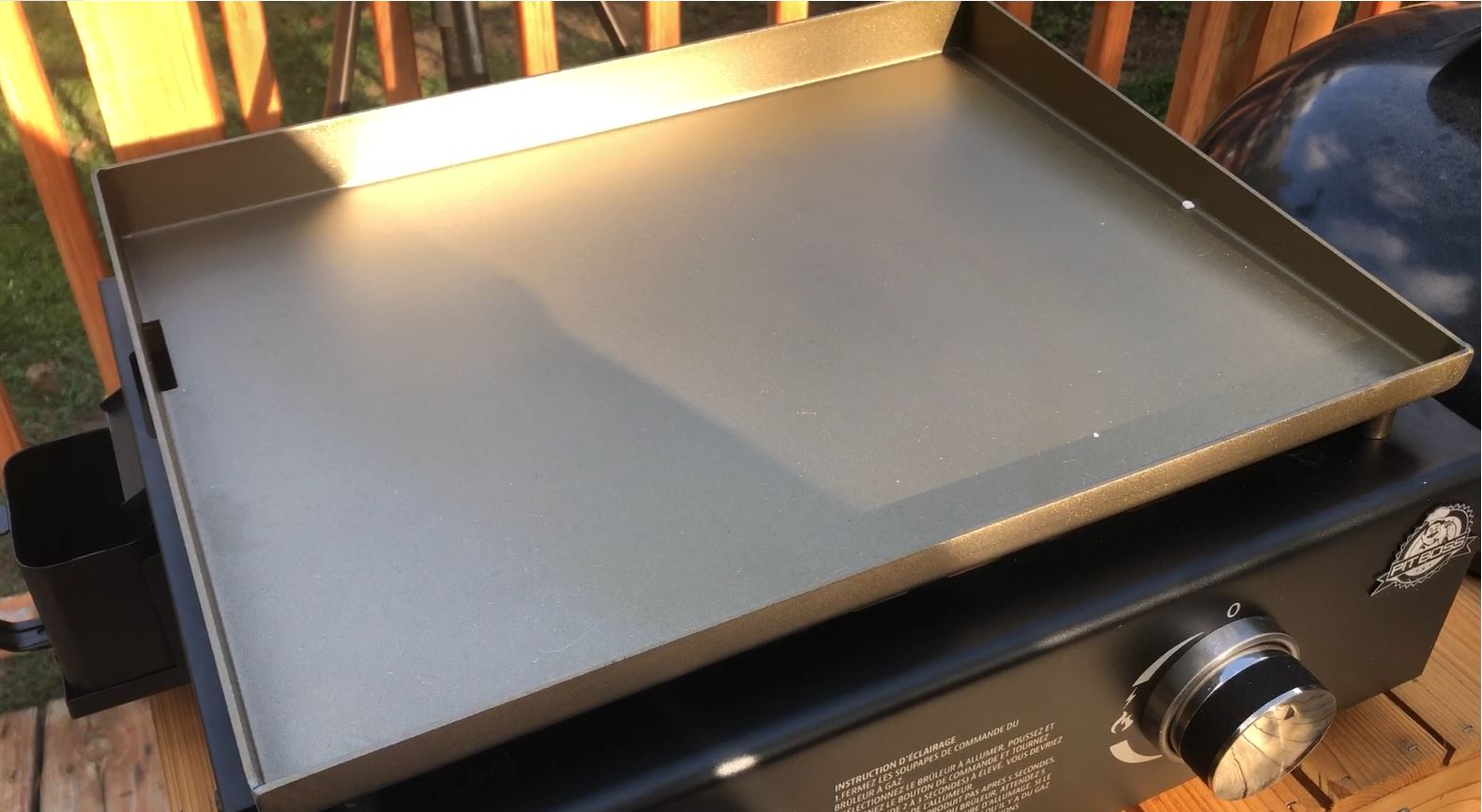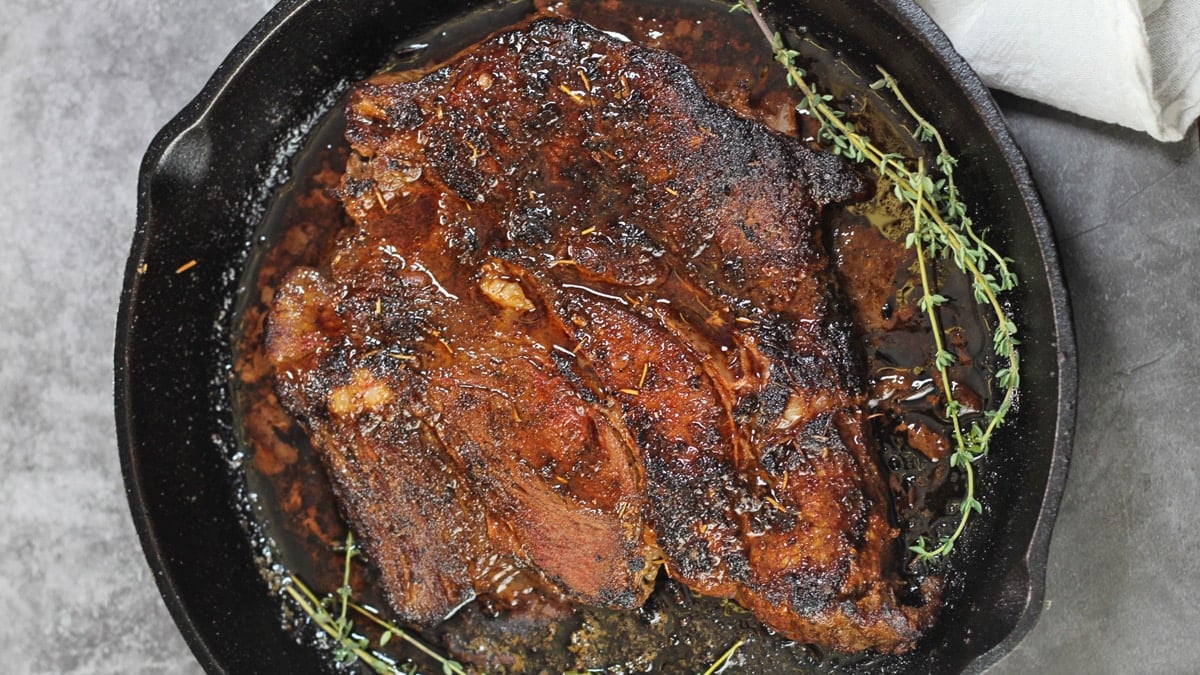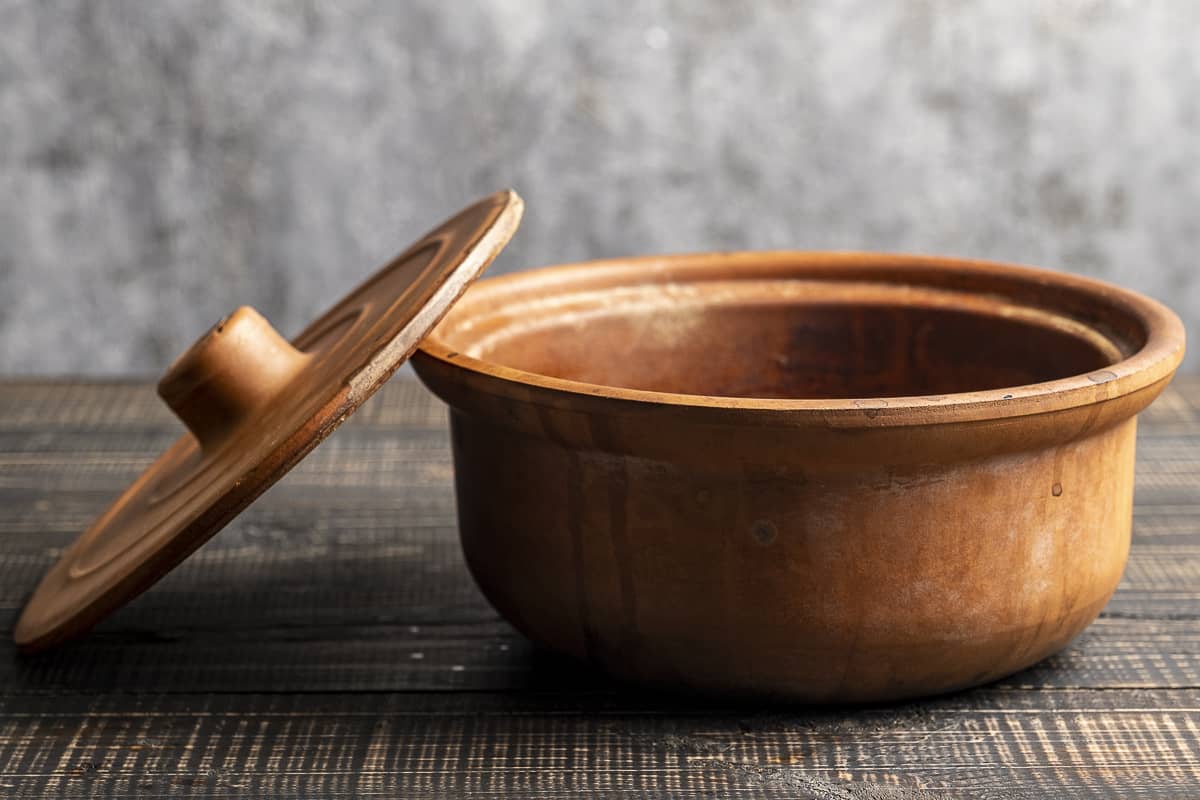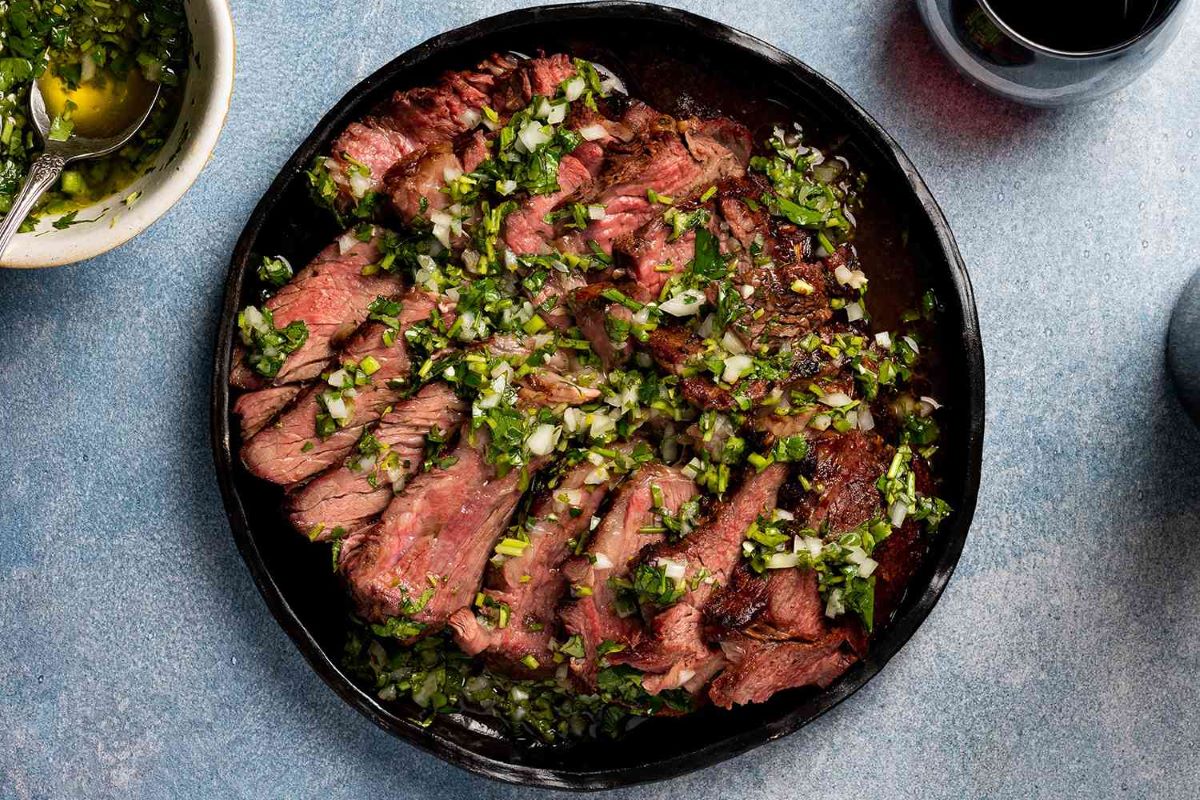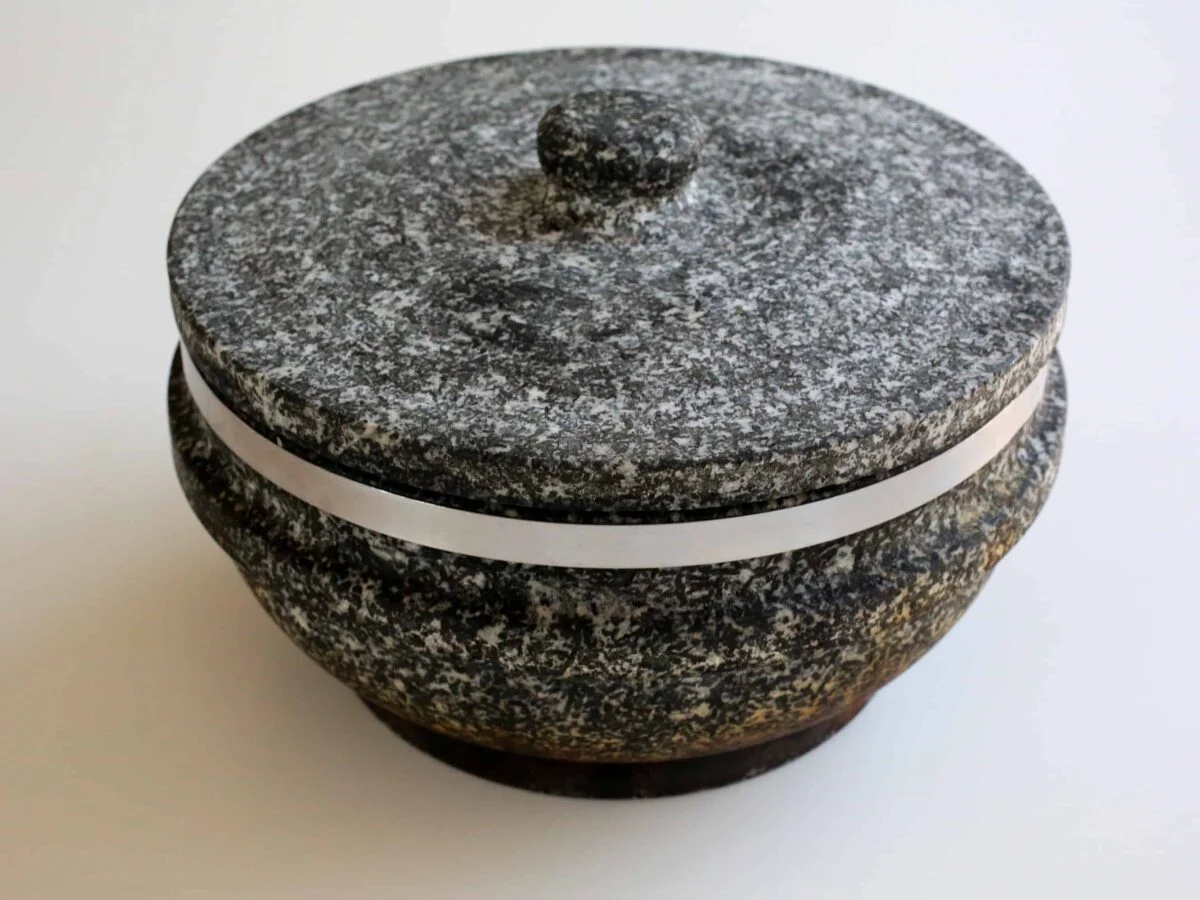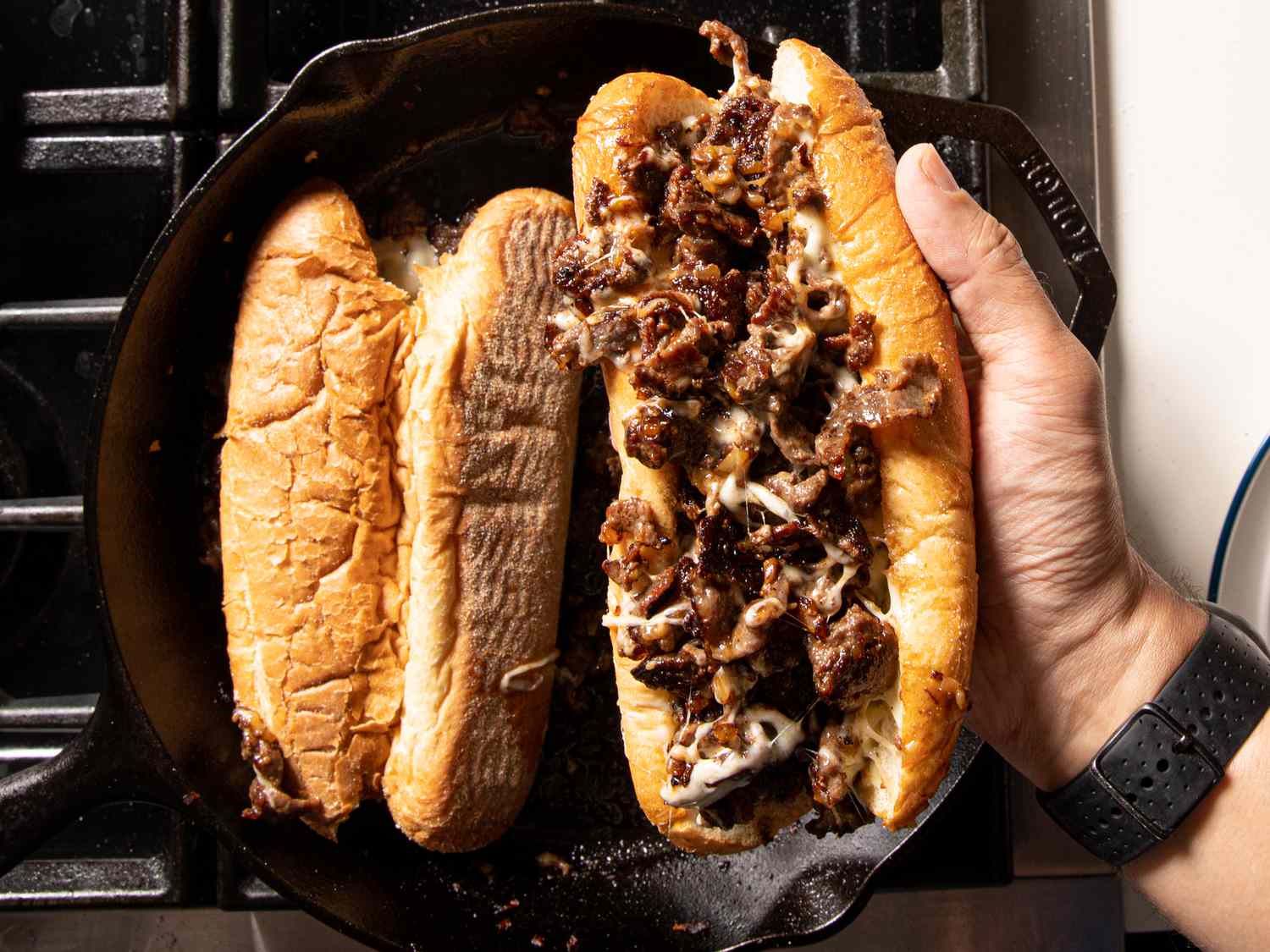Seasoning Your Enameled Cast Iron Dutch Oven
Seasoning your enameled cast iron Dutch oven is an important step to ensure its longevity and enhance its cooking performance. While traditional cast iron cookware requires regular seasoning to prevent rust and maintain a non-stick surface, enameled cast iron also benefits from seasoning to improve its non-stick properties and protect the enamel coating.
Why Season an Enameled Cast Iron Dutch Oven?
Seasoning an enameled cast iron Dutch oven creates a protective layer that helps prevent food from sticking to the surface and makes cleaning easier. It also helps to maintain the vibrant color of the enamel and prevents it from becoming dull over time. Additionally, seasoning can help prevent rust and corrosion, prolonging the life of your Dutch oven.
Steps to Season Your Enameled Cast Iron Dutch Oven
Follow these simple steps to season your enameled cast iron Dutch oven:
- Preheat the Oven: Preheat your oven to 375°F (190°C).
- Apply Oil: Use a paper towel to apply a thin layer of vegetable oil or melted shortening to the interior of the Dutch oven. Make sure to coat the entire surface, including the walls and the bottom.
- Remove Excess Oil: Use a clean paper towel to remove any excess oil from the Dutch oven. The goal is to create a thin, even layer of oil on the surface.
- Bake the Dutch Oven: Place the oiled Dutch oven in the preheated oven and bake for 1 hour. This process will allow the oil to polymerize and form a protective layer on the enamel.
- Cool and Repeat (Optional): Allow the Dutch oven to cool before using it. If desired, you can repeat the seasoning process to further enhance the non-stick properties of the enamel.
Tips for Maintaining Seasoning
Once you have seasoned your enameled cast iron Dutch oven, it’s important to take proper care of it to maintain the seasoning:
- Avoid Metal Utensils: Use wooden or silicone utensils to avoid scratching the seasoned surface.
- Hand Wash Only: To preserve the seasoning, hand wash your Dutch oven with mild soap and warm water. Avoid using abrasive cleaners or soaking it for extended periods.
- Dry Thoroughly: After washing, dry the Dutch oven thoroughly with a towel to prevent rusting.
- Store Properly: Store your Dutch oven in a dry place with the lid slightly ajar to allow air circulation.
Conclusion
Seasoning an enameled cast iron Dutch oven is a simple yet essential process that can significantly improve its cooking performance and longevity. By following the steps outlined above and taking proper care of your seasoned Dutch oven, you can enjoy non-stick cooking and vibrant enamel for years to come.
More Delicious Recipes for Your Enameled Cast Iron Dutch Oven
Once you've mastered seasoning your enameled cast iron Dutch oven, it's time to put your skills to the test with a variety of hearty recipes. We recommend starting with the Expert Roast Chicken for a classic dish that lets you practice managing temperature and timing. For those seeking comfort food, the Savory Beef Stew offers a fulfilling way to utilize the Dutch oven's ability to tenderize tough cuts of meat through slow cooking. If you're in the mood for something different, try the Flavorful Jambalaya, which will allow you to explore how your Dutch oven handles a range of ingredients and spices. Each recipe provides a delicious opportunity to refine your Dutch oven techniques while expanding your culinary repertoire.
Was this page helpful?
Read Next: How To Season Asian Rice
